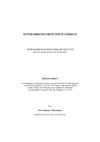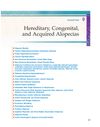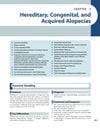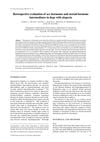Clinical Symptoms and Sex Steroid Measurements in Domestic Ferrets (Mustela Putorius Furo) with Hyperadrenocorticism
December 2017
in “
Research for Rural Development/Research for Rural Development (Online)
”
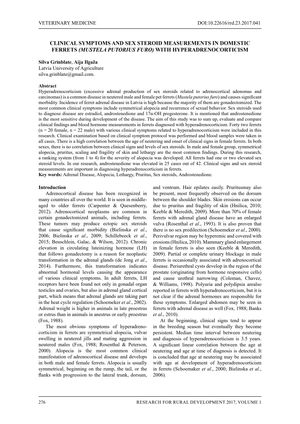
TLDR Neutered ferrets often develop hyperadrenocorticism, with symptoms like hair loss and lethargy, and androstenedione is a key indicator for diagnosis.
The study focused on hyperadrenocorticism in neutered ferrets, a condition characterized by excessive adrenal production of sex steroids, which is prevalent in Latvia due to high rates of gonadectomy. The research included 42 ferrets (20 female, 22 male) exhibiting symptoms like symmetrical alopecia and sexual behavior recurrence. Clinical examinations and blood tests were conducted to measure hormones such as estradiol, androstenedione, and 17α-OH progesterone, with androstenedione being a sensitive indicator of the disease. The study found a strong correlation between early neutering and the onset of symptoms in females, but no correlation between clinical signs and sex steroid levels in either sex. Common symptoms included alopecia, pruritus, skin scaling and fragility, and lethargy. A severity ranking for alopecia was created, and elevated sex steroid levels were observed in all ferrets, with androstenedione increased in 25 out of 42 cases. The findings underscore the importance of clinical signs and sex steroid measurements in diagnosing hyperadrenocorticism in ferrets.
